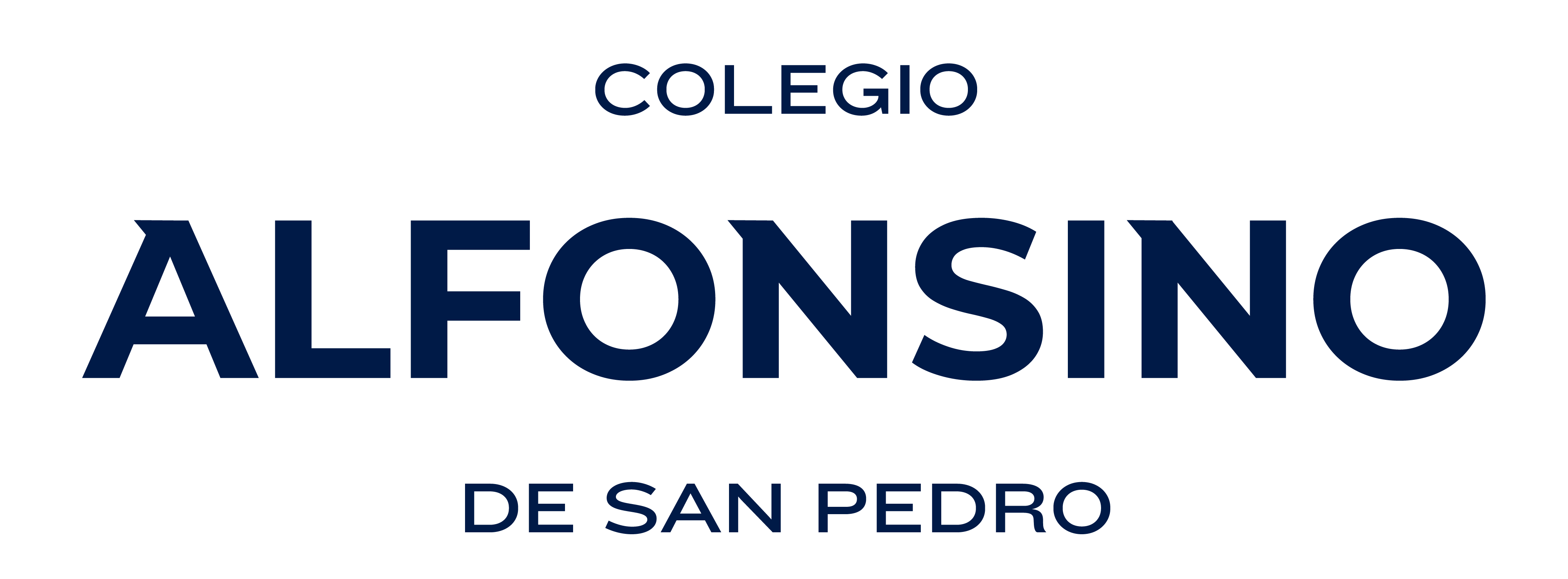We learn in different ways that have to do with personality and cognition. The most important ones refer to four ways: visual, auditory, kinesthetic, and reading/writing.
Most people are a combination of these four styles, but more times, they have a predominant style of learning. Each of these styles has a complementary way of teaching. Now, let’s see the characteristics each of these styles entails and how best to make use of them.
Visual learning style are individuals who prefer to take in their information visually—be that with maps, graphs, diagrams, charts, and others. However, they don’t necessarily respond well to photos or videos, rather needing their information using different visual aids such as patterns and shapes. The best way to present to visual learners is by showing them the relationship between different ideas visually. For instance, when explaining a scientific process, it can be done by using a flow chart.
Auditory learning style are individuals who learn better when they take in information in auditory form when it is heard or spoken. They are prone to sorting their ideas after speaking, rather than thinking ideas through before. Since, to them, saying things out loud helps them understand the concept. Auditory learners learn best when information is presented to them via strategies that involve talking, such as lectures and group discussions. They can benefit from repeating back the lessons, having recordings of the lectures, group activities that require classmates explaining ideas, etc.
Kinesthetic learning style are individuals who prefer to learn by doing. They enjoy a hands-on experience. They are usually more in touch with reality and more connected to it, which is why they require using tactile experience to understand something better. The best way to present new information to a kinesthetic learner is through personal experience, practice, examples, or simulations.
Reading/Writing consume information best when it’s in words, whether that’s by writing it down or reading it. To them, text is more powerful than any kind of visual or auditory representation of an idea. These individuals usually perform very well on written assignments. There are different ways to get a reading/writing learner to engage and understand a certain lesson. For instance, it would be best to have them describe charts and diagrams by written statements, take written quizzes on the topics, or give them written assignments.
It is important to take these styles into consideration when teaching. Aiming towards students’ success in learning implies a variety of activities and stimuli.


0 Comments